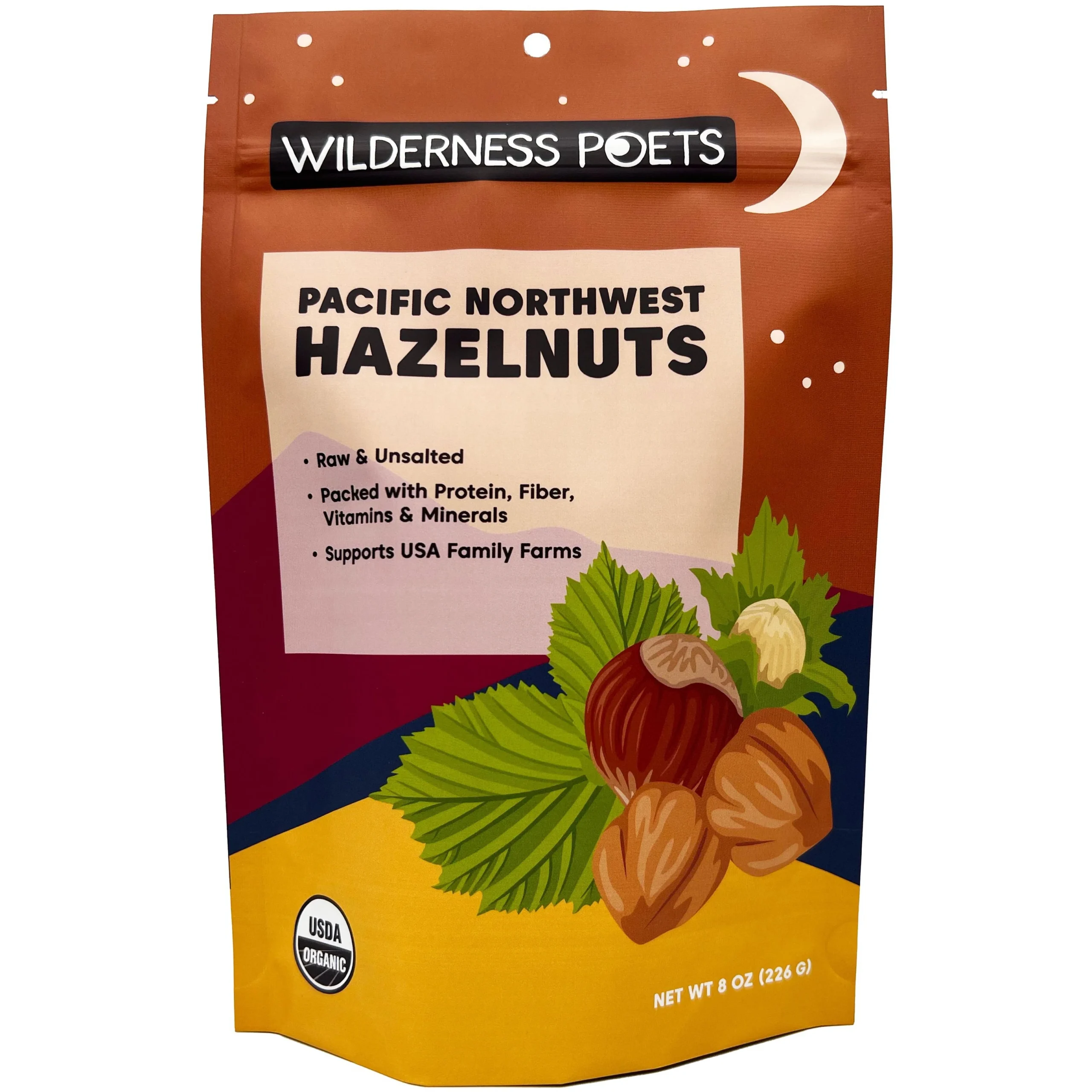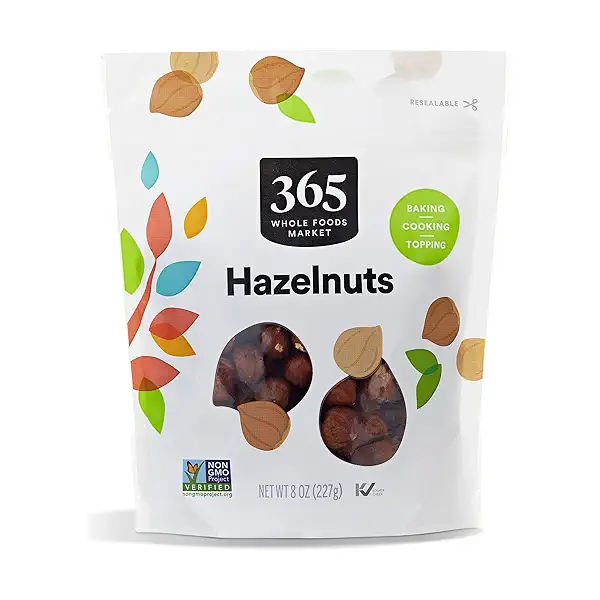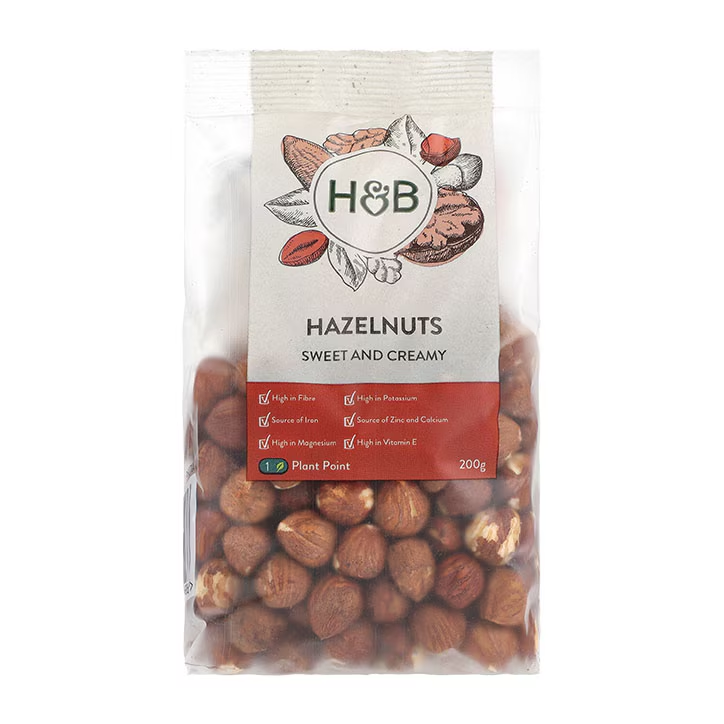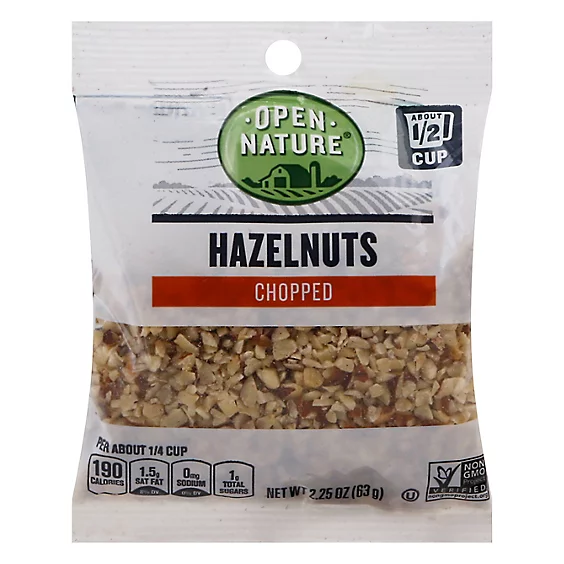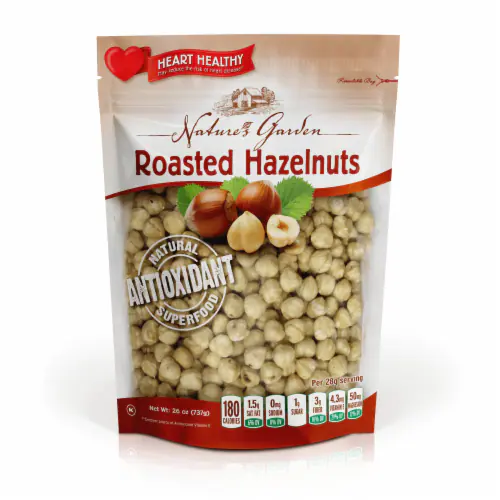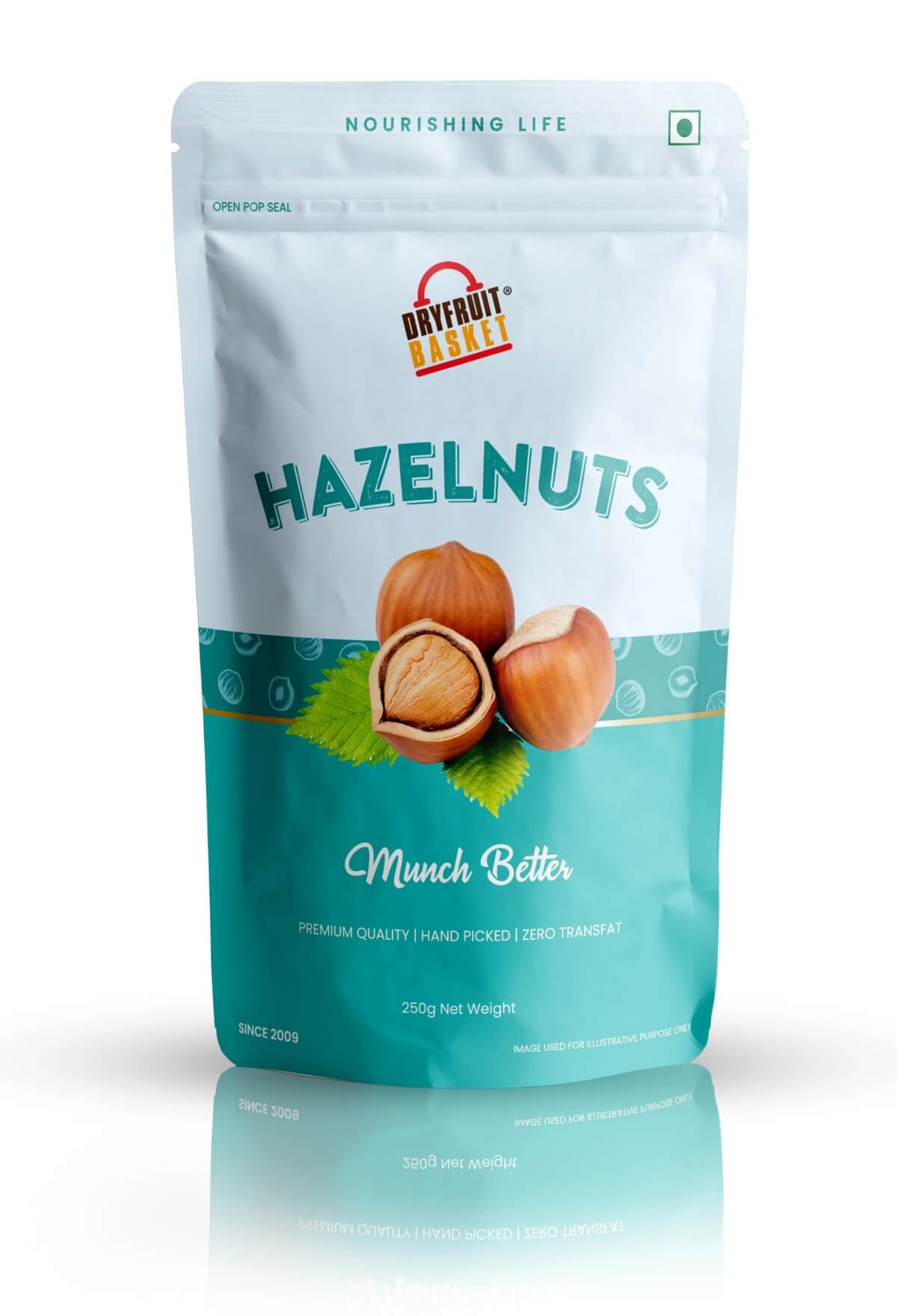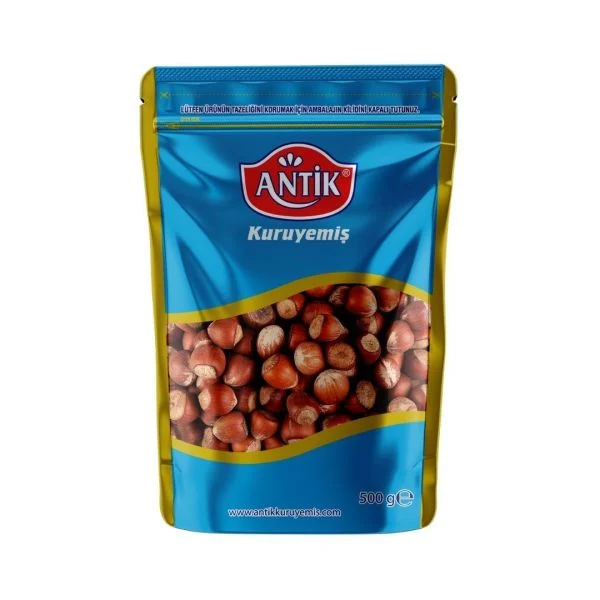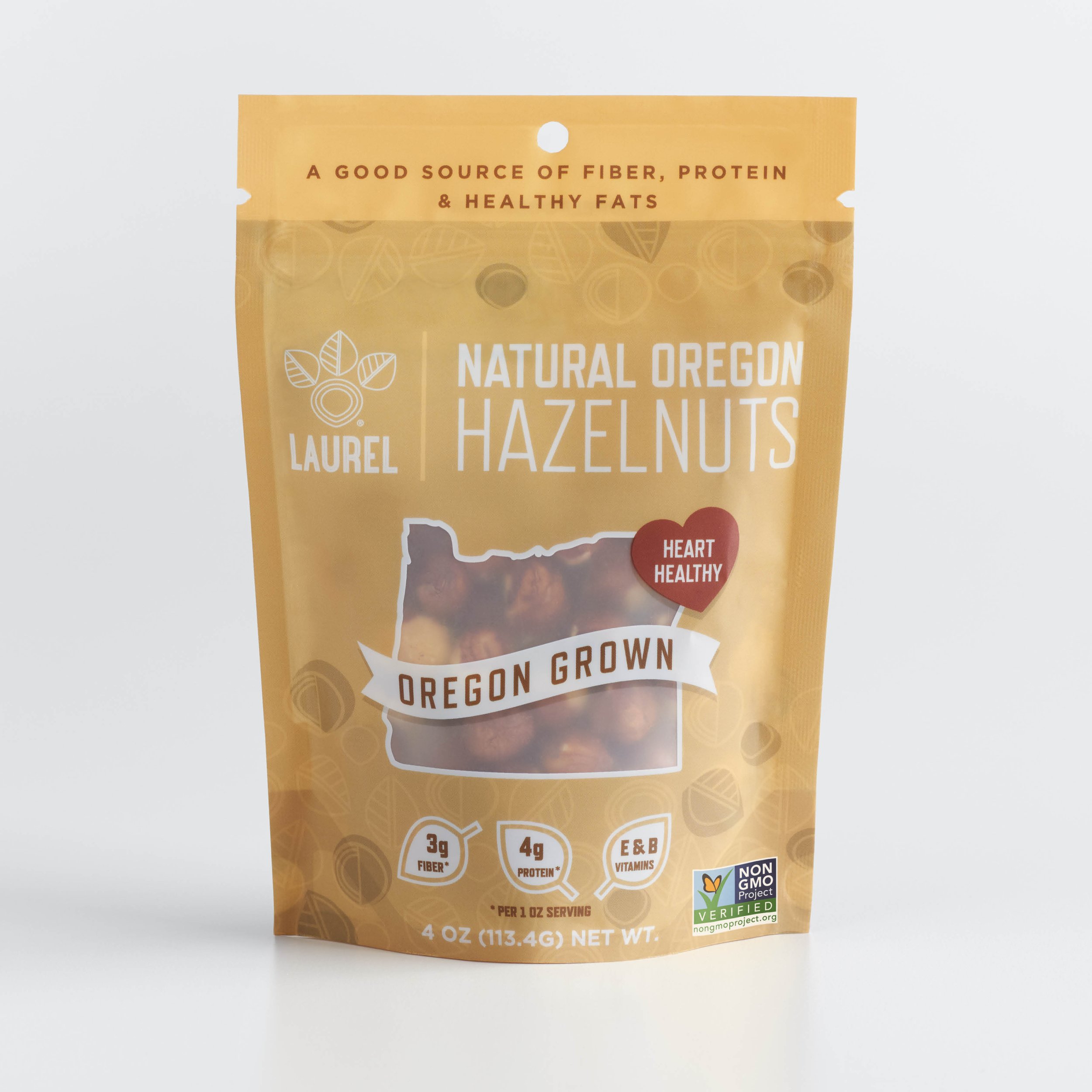Description
Hazelnuts, also known as filberts or cobnuts, are small, round nuts with a rich, buttery flavor and a slightly sweet taste. They are native to the temperate regions of the Northern Hemisphere and have been cultivated for thousands of years, both for their delicious kernels and for the commercial production of oil. Hazelnuts are not only enjoyed as a standalone snack but also play a vital role in a variety of culinary applications, ranging from baked goods to savory dishes. Their versatility makes them a popular ingredient in many cuisines around the world, especially in confections like praline, chocolate spreads, and nut butters.
In addition to their delightful flavor, hazelnuts boast an impressive nutritional profile. They are an excellent source of healthy fats, particularly monounsaturated fats, which are beneficial for heart health. They also provide significant amounts of protein, dietary fiber, vitamin E, and essential minerals such as magnesium, copper, and manganese. Incorporating hazelnuts into a balanced diet can contribute to improved cholesterol levels and enhanced overall health, making them not just a savory treat but also a functional superfood.
Sustainability is becoming increasingly important in agriculture, and hazelnut farming demonstrates a commitment to this concept. Hazelnut trees are hardy and can thrive in a variety of soil types, requiring less water than many other nut varieties. As consumers become more environmentally conscious, the demand for sustainably sourced hazelnuts is on the rise. This shift not only supports environmentally friendly farming practices but also promotes local economies, particularly in regions where hazelnuts are a traditional crop, such as parts of Turkey, Italy, and the United States. As awareness of both their health benefits and environmental impact grows, hazelnuts continue to carve out a significant niche in the global food market.


